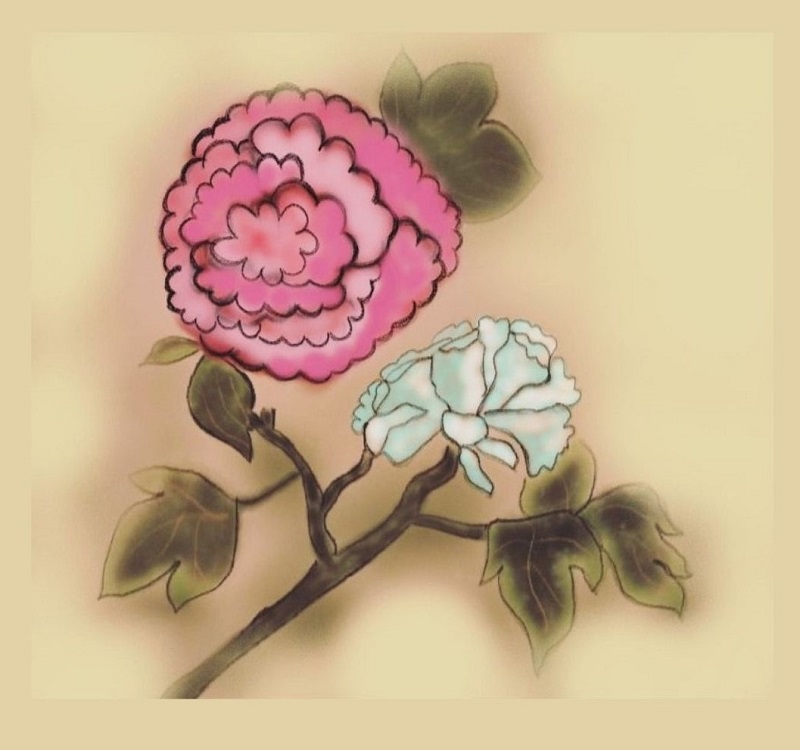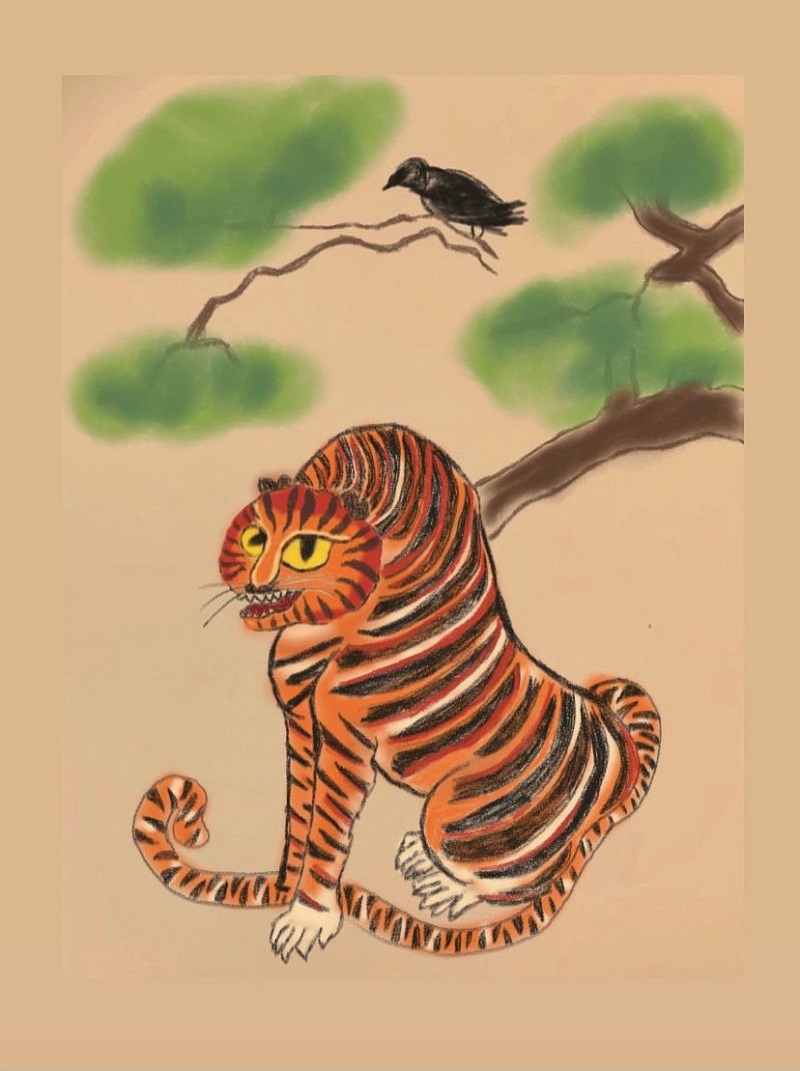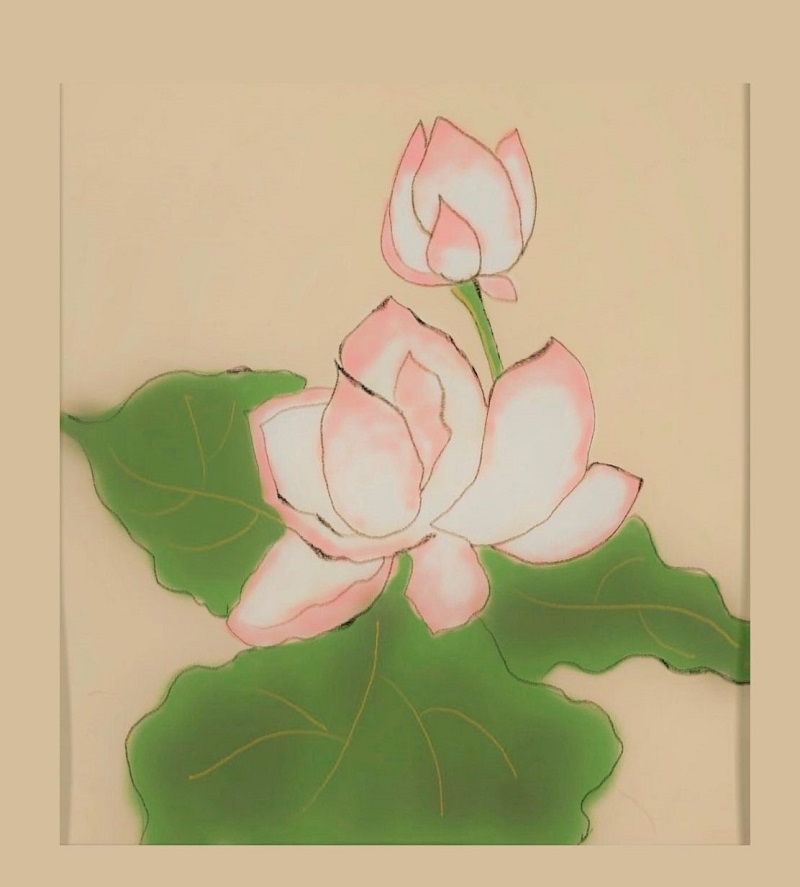- 한국어
- English
- 日本語
- 中文
- العربية
- Español
- Français
- Deutsch
- Pусский
- Tiếng Việt
- Indonesian
By Honorary Reporter Aarti Trivedi from India
Illustrations = Aarti Trivedi
Minhwa (Korean folk art), a gem of Korean culture, reflects traditional Korean culture on sheets of Hanji (traditional Korean paper). The paintings portray the lives of commoners in villages and around mountains, scholars, and folk stories and beliefs.
Certain minhwa works were used to wish good luck to newlyweds or scholars preparing for exams. The paintings reflect the artists' perceptions of the environment surrounding them such as mountains, birds and flowers. Minhwa artists are mostly unknown, and each drawing expresses emotions like anger, love, happiness and jealousy, expressing the mockery and delight of everyday life.

Pink peonies
Paintings of peonies were among the most popular works of minhwa. As pink peonies represented good luck and prosperity, paintings of them were given as gifts to married couples and used as decorations at wedding halls and rooms for newlyweds and the women's quarters of upper-class families.
These were painted in a variety of colors and textures; peonies are usually pink.

Tiger and magpie
A painting of a tiger and a magpie were used for decoration in a new year. It was believed that the tiger would keep evil spirits away and that the magpie would bring good news in the coming year.
The two animals are represented not only in Korean mythology but also folklore.

Lotus flower
A painting of a lotus flower represented a true gentlemen and noble scholar and was used to evoke a sense of pleasantness. The auspicious colors of the lotus were thought to bring positivity and good character. In Korean folk tales, noble characters were represented by the flower. In "The Tale of Shim Cheong," the protagonist comes out from a lotus flower after finding a cure for her blind father.
kalhong617@korea.kr
*This article is written by a Korea.net Honorary Reporter. Our group of Honorary Reporters are from all around the world, and they share with Korea.net their love and passion for all things Korean.